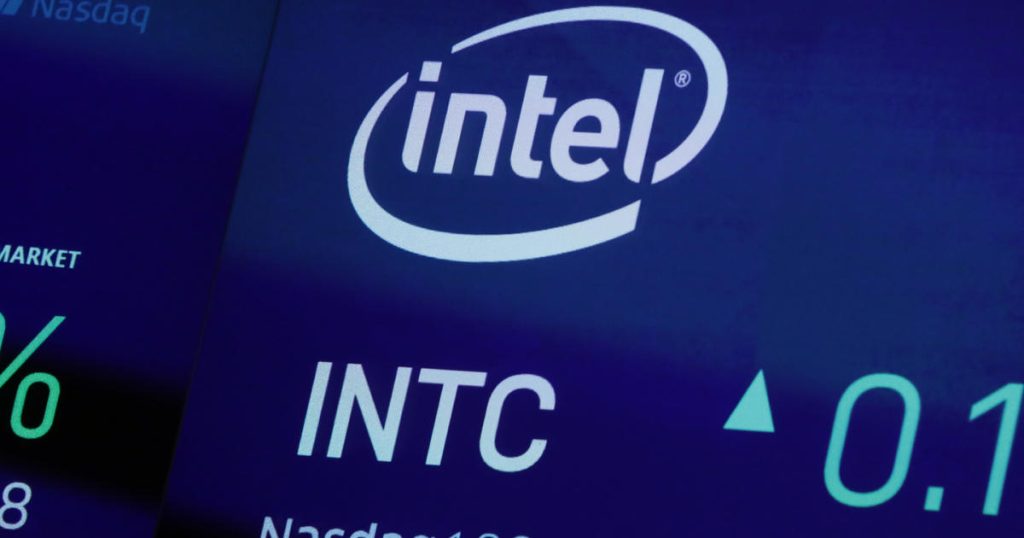Intel’s decision to cut its workforce comes as part of a broader plan to reduce costs and reposition the company in the fiercely competitive semiconductor market. The company is facing stiff competition from rivals like Nvidia and AMD and is trying to turn its business around to remain competitive. Along with the layoffs, Intel is also suspending its stock dividend in an effort to streamline its operations and improve its financial performance. The bulk of the layoffs are expected to be completed this year, and the company reported a loss for its second quarter, with revenue declining slightly.
In an effort to bolster its position in the chip market, the Biden administration reached an agreement with Intel in March to provide the company with up to $8.5 billion in direct funding and $11 billion in loans for computer chip plants in several states. This funding, along with additional investments, is expected to create thousands of manufacturing and construction jobs. However, analysts caution that while cost-cutting measures like layoffs may improve Intel’s near-term financials, they may not be enough to help the company redefine its position in the evolving chip market. Intel is facing a critical juncture as it seeks to leverage U.S. investment in domestic manufacturing and meet the growing global demand for AI chips.
Intel CEO Pat Gelsinger informed employees in a memo that the company plans to reduce its headcount by roughly 15,000 employees, out of a total of 124,800 employees as of the end of 2023. The CEO emphasized the need for the company to adapt to the changing market dynamics and position itself for future growth. Intel’s decision to cut costs and streamline its workforce is part of a larger strategy to reposition the company and remain competitive in the semiconductor industry. The company is facing challenges from competitors and is looking to make strategic changes to improve its financial performance and operational efficiency.
While Intel’s cost-cutting measures may help improve its financial performance in the short term, analysts note that the company needs to do more to establish itself in the chip fabrication market and capitalize on the growing demand for AI chips. The semiconductor industry is rapidly evolving, and Intel must adapt to these changes to stay relevant and competitive. The company’s decision to suspend its stock dividend and implement layoffs is part of a larger effort to reposition the company and focus on its core strengths. By making these strategic changes, Intel is seeking to position itself for future growth and success in a rapidly changing market.
Overall, Intel’s decision to cut its workforce and suspend its stock dividend is part of a broader plan to improve its financial performance and competitiveness in the semiconductor market. The company is facing challenges from competitors like Nvidia and AMD and is looking to make strategic changes to stay relevant and meet the demands of the industry. Intel’s collaboration with the Biden administration and the financial support it is receiving is expected to create new opportunities for growth and innovation. By making these strategic changes, Intel is positioning itself for future success and aiming to remain a key player in the semiconductor industry.


